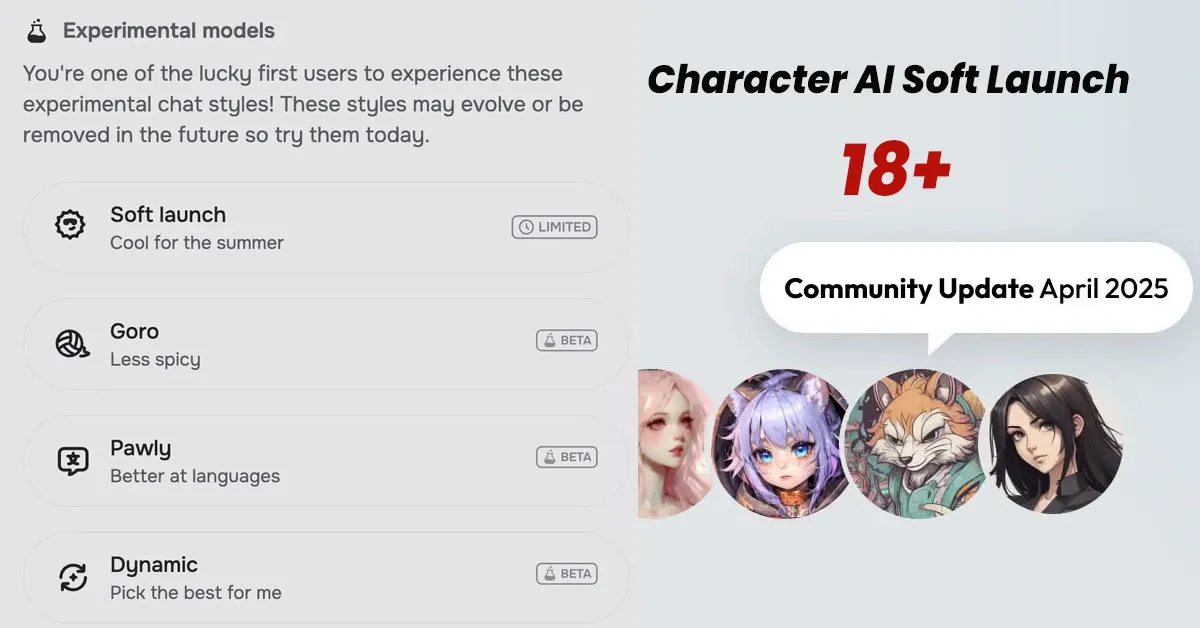
Image Credit : Freepik
We all know journalists are the ones who create informative content on earth. Many individuals, including bloggers, researchers, writers, and content creators from various fields, also generate valuable written content. They can be considered a diverse source of informative content creation, so AI can play a significant role in the field of journalism. Today, we can see a rapid growth of AI in media journalism. In this article, you will get an idea of how AI has empowered the journalism and media landscape. If you are a journalist or a media person, you can also go through some of the most intelligent AI tools in this category and understand how to make use of them.
How AI Empowers Journalists in 2024
In 2024, every journalist should understand the value of artificial intelligence. AI can smarten and speed up your work by 10x. Using AI can transform your work to be more efficient, accurate, and impactful. If you are about to write an article, summaries, outlines, or even scripts, you don't need to worry! AI will help you create simple, more efficient, effective, and creative text formats. In Toolkitly's AI tool section, we have recently listed and explained AI tools like Otter AI and Descript AI, which transcribe audio and video recordings with remarkable accuracy, saving journalists hours of work.
How AI technology affects journalism. (Source : Youtube Channel : CGTN America)
Use Cases
- Data Analysis, Research and Fact-Checking
- Generating article drafts and summaries
- Personalizing news content
- Automated transcription
- Sentiment analysis
- Creating interactive visualizations
- Monitoring conversations and trends
- Optimizing social media engagement
Can AI be trusted? Unveiling information risks
Recently Reporters Without Borders (RSF) reviewed the challenges raised by AI regarding the right to information.
- Deepfakes & Disinformation.
- Fabricated Contents.
- Influence of AI on Media Coverage.
- Unreliability of Large Language Models(LLMs).
- AI-generated content may lack transparency and be susceptible to misuse.
- LLMs and Generative AI (GAI) tools exhibit biases.
- Challenges for understanding the design, performance, and actual use cases of their products.
- Conversational search engines raise concerns about prioritizing or excluding content without sufficient checks and balances.
- The rise of AI-generated content challenges media outlets relying on quality articles, as the competition may prioritize reach-optimized content.
- Accusations of unfair use of content by GAI providers and concerns about revenue losses due to asymmetrical power dynamics with social media companies.
- Staff reductions in media outlets due to GAI, leads to concerns about the sustainability of journalism and the quality of information gathering.
AI is transforming journalism in various ways. AI isn't entirely replacing journalists, as human skills still matter. AI can assist with tasks such as data analysis, fact-checking, and content personalization, freeing up journalists to concentrate on in-depth investigations, interviews, and human-interest stories.
Otter AI, Jasper, Pinpoint, LongShot, Trace, Snopes, Tableau, QlikView, and Murf AI are some of the leading AI tools enriching the workflow of journalists in various ways. For example, Otter.AI transcribes interviews, Jasper crafts compelling copy, and Tableau visualizes complex data.
The Washington Post uses AI to analyze public records and generate reports on local elections, freeing up journalists for deeper investigations. Reuters' "News Tracer" AI scans the web for breaking news, ensuring journalists stay on top of fast-paced events. The Associated Press leverages AI to write thousands of quarterly earnings reports, saving hours of time and manpower.
AI helps in automating tasks like data analysis, content generation, and personalization, enhancing efficiency and story insights for journalists.
AI is integral to journalism's future, augmenting tasks and enabling new storytelling formats. However, human judgment and ethics remain crucial.
The exact number of journalists who uses ChatGPT, Google Bard, Gork, Perplexity, Otter like AI tools varies, but a growing number of journalists globally leverage AI tools for various aspects of their work.
AI assists in news curation, sentiment analysis, and automated content creation, streamlining processes and providing valuable insights for journalists.
AI enhances efficiency by automating repetitive tasks, enabling data-driven insights, and supporting content creation, ultimately improving the quality of journalism.
AI is changing journalism by automating tasks, facilitating data-driven reporting, and introducing innovative storytelling formats, transforming the industry.
The disadvantages of AI in journalism includes ethical concerns, potential biases in algorithms, job displacement fears, and the need for human oversight to maintain journalistic integrity.
AI will reshape journalism by automating routine tasks, enabling data-driven insights, and fostering innovative storytelling methods, enhancing the field's capabilities.
Automated journalism uses algorithms to analyze data and generate news stories, improving efficiency in reporting routine and data-centric news.
AI impacts media by enhancing content creation, personalizing user experiences, and optimizing workflows, leading to more efficient and tailored media production.
No, ChatGPT is a tool that can assist journalists with tasks like drafting content. The ethical use of AI remains vital in journalism.
Journalists use ChatGPT for drafting articles, generating ideas, and exploring different writing styles, enhancing their creative and productivity aspects.




